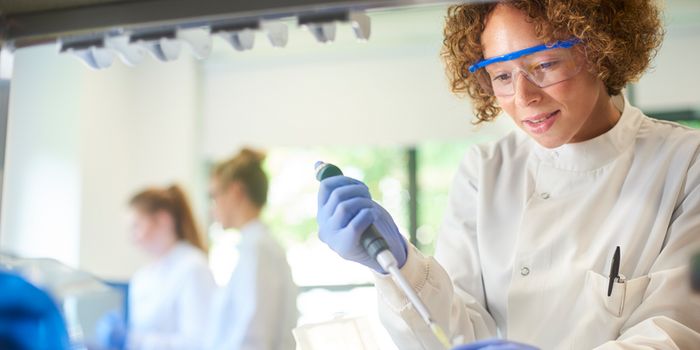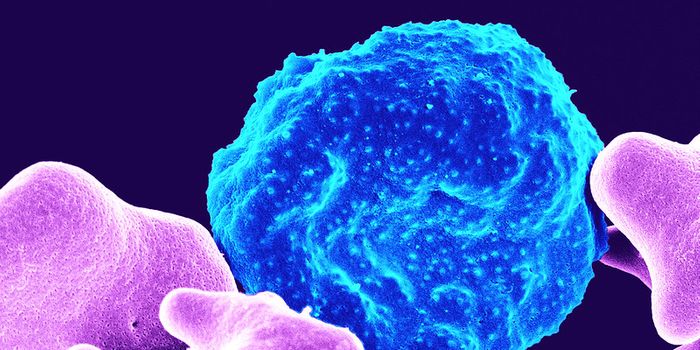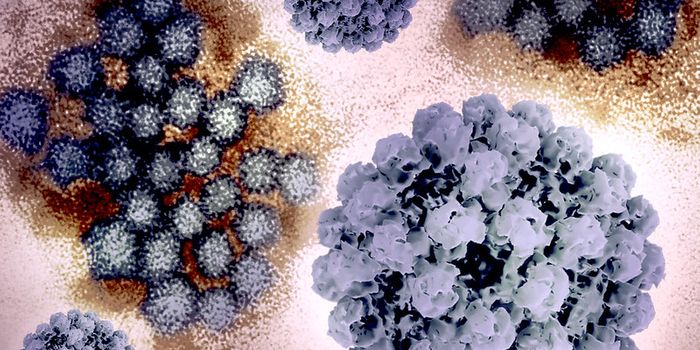Breakthrough Diagnostic Detects TB Infections in Infants Sooner
There are nearly a million cases of tuberculosis (TB) every year, and over 80 percent of childhood deaths from TB occur in those under 5 years old. A new diagnostic technology could help reduce the death toll from childhood TB. The test, created by researchers at Tulane University, looks for a protein called CFP-10 that is produced by Mycobacterium tuberculosis, the bacteria that causes TB infections. The assay can be performed on a small blood sample.
“This is a breakthrough for infants with tuberculosis because we don’t have this kind of screening technology to catch early infections among those youngest groups who are most likely to be undiagnosed,” said Tony Hu, lead author of the study published in BMC Medicine. “I hope this method can be pushed forward quickly to reach these children as early as possible.”
Current TB tests (mycobacterial culture and molecular diagnostic assays) rely on respiratory samples that are particularly difficult to obtain in infants and small children. Even if they are successfully obtained, samples from infected children contain significantly fewer bacteria than those from adults, meaning they are prone to receiving false-negative results.
CFP-10 is present in minute amounts in the circulation, but the assay developed by Hu and colleagues uses antibodies against the protein to separate it from the abundance of other proteins present in the blood. Mass spectrometry, a highly sensitive analytical technique that measures the mass of different molecules within a sample, is then used to accurately detect the presence of CFP-10.
In the study, Hu and colleagues used the new assay to screen samples from over 280 HIV-infected and 235 healthy children. The new test matched results from the current gold standard with 100% accuracy and additionally, detected 83.7 percent of TB cases that previously received false-negative results with standard tests.
On a positive note, the test alerted to the presence of TB in 77 percent of blood samples collected around 5 months before the children were diagnosed using other techniques. In some cases, the tests were able to pick up CFP-10 as early as a year before an official diagnosis.
As the next steps, Hu and colleagues are working towards a cost-effective, portable device that can perform the assay outside of a laboratory setting.
Source: Tulane University, BMC Medicine.









